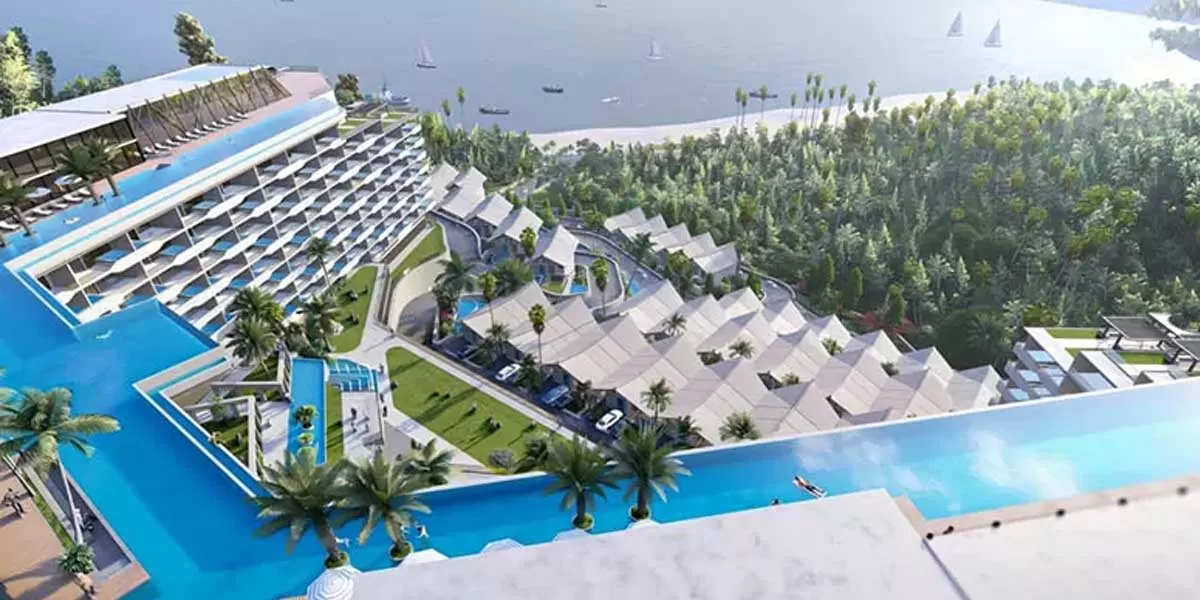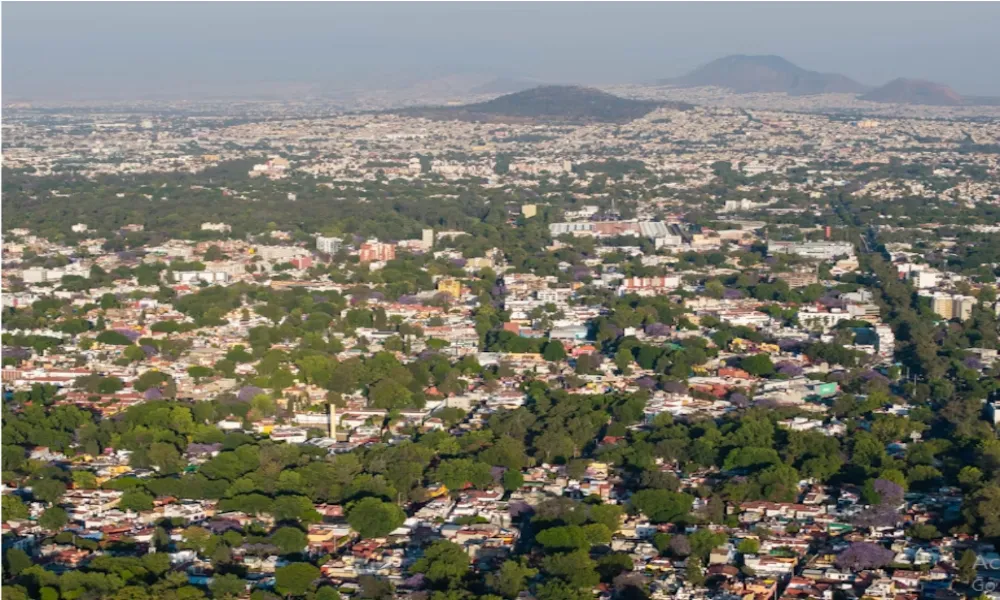
Goa CM directs TCP minister to scrap Bhutani Infra's project

CRISIL Leases Rs 6 billion Office Space in Mumbai’s Powai
CRISIL, a leading global analytics and rating agency, has signed a long-term lease worth nearly Rs 6 billion for about 250,000 sq ft of office space in Mumbai’s Powai. The lease, among the largest in the city’s commercial property segment, spans approximately 15 years.The company will occupy a new building at Hiranandani Business Park in Powai, one of Mumbai’s most premium business districts known for its modern infrastructure and connectivity. The lease, structured on a long-term model, underscores the growing demand for high-quality, large-scale office spaces from financial and knowled..

Kolte-Patil Acquires 7.5-Acre Pune Land with Rs 14 bn GDV
Kolte-Patil Developers has acquired a 7.5-acre land parcel in Pune’s western micro-market, with a projected gross development value (GDV) of around Rs 14 billion. The project will be developed as a premium residential community catering to mid and upper-income homebuyers. Located along the Baner-Balewadi corridor, the land is strategically positioned near Pune’s IT and commercial hubs. The acquisition is expected to strengthen the company’s presence in the city’s high-demand residential zones.According to the developer, the project will feature contemporary amenities and sustainab..

Norwegian Fund Invests $20 Million in IPO-Bound SAEL
SAEL, backed by global investors including TPG Rise and Norfund, operates over 20 renewable projects across India, with a total capacity exceeding 600 MW. The company has been expanding aggressively in the waste-to-energy and solar segments as part of India’s broader clean energy transition.The funds raised through this investment will help SAEL accelerate project implementation, enhance operational efficiency, and reduce carbon emissions. The partnership also reinforces Norway’s growing interest in India’s renewable energy market, which continues to attract significant foreign capi..
















